Home>Garden Essentials>Why Beans Don’t Germinate?
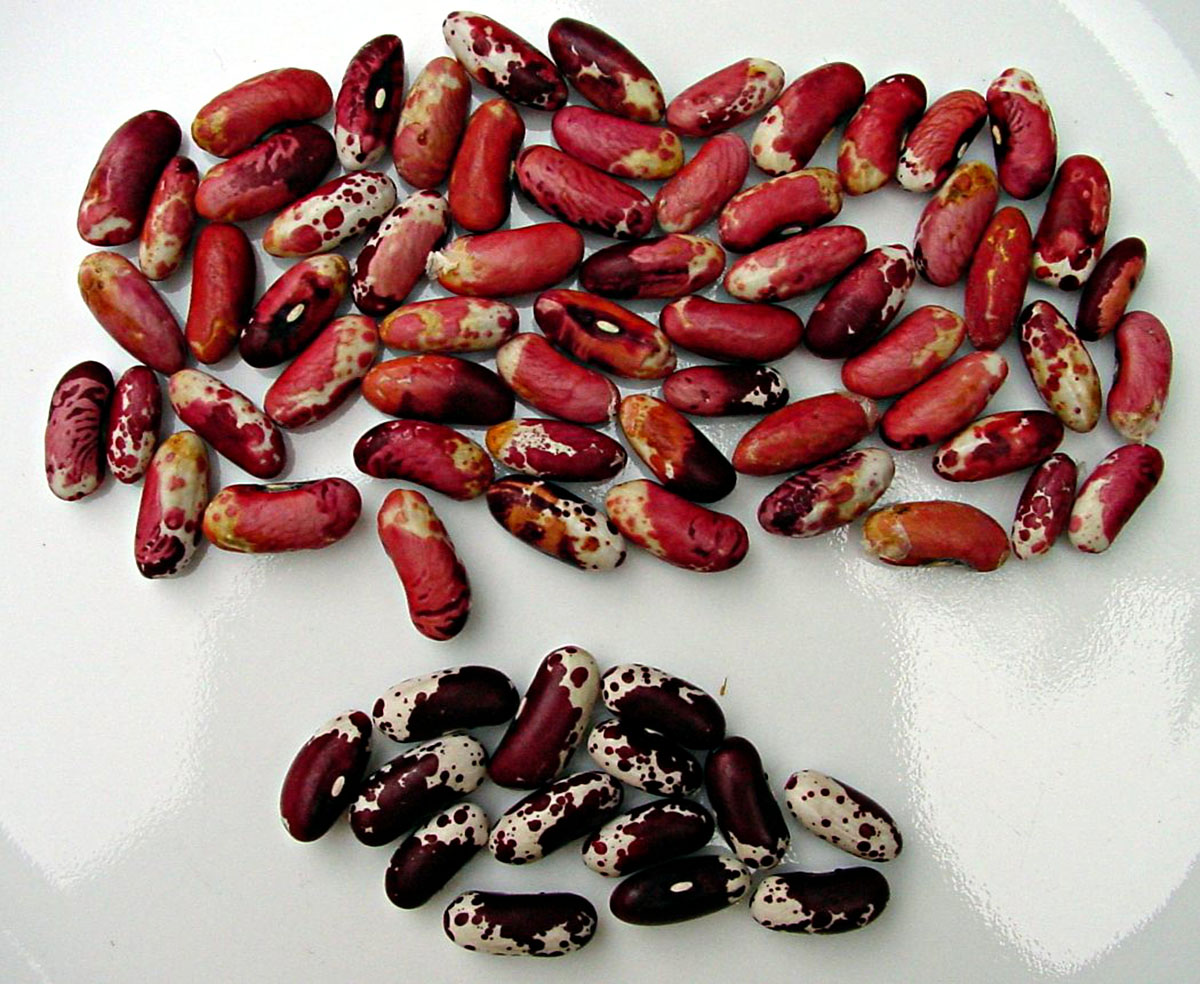

Garden Essentials
Why Beans Don’t Germinate?
Modified: October 20, 2024
Discover the reasons why your beans are not germinating in your garden and learn effective techniques to help them thrive.
(Many of the links in this article redirect to a specific reviewed product. Your purchase of these products through affiliate links helps to generate commission for Storables.com, at no extra cost. Learn more)
Introduction
Gardening is not only a hobby for many, but also a way to grow fresh and healthy produce right at home. Whether you have a sprawling backyard garden or a few potted plants on your balcony, seeing your plants germinate and grow is a rewarding experience. However, sometimes, despite your best efforts, certain seeds just don’t seem to germinate.
This can be frustrating, especially if you have invested time and resources into preparing the soil, sowing the seeds, and providing the necessary care. But fear not, as there are several reasons why beans, or any other seeds for that matter, may not germinate successfully.
In this article, we will delve into the potential causes behind the failure of bean germination and discuss how you can overcome these obstacles to increase your chances of success.
Key Takeaways:
- Keep your bean seeds happy by providing just the right amount of water, not too much or too little. Mulch can help retain moisture and support successful germination.
- Make sure your bean seeds are cozy in the soil with the perfect balance of warmth, not too hot or too cold. Plant at the right depth and give them some shade if it gets too toasty.
Read more: How To Germinate A Bean
Lack of Proper Moisture
One of the primary factors that can hinder the germination of beans is the lack of proper moisture. Seeds require a certain level of moisture to break their dormant state and initiate the germination process. If the soil is too dry or if there is uneven watering, the seeds may not receive the necessary moisture to germinate.
To address this issue, it is important to ensure that the soil is consistently moist but not overly saturated. Before planting the beans, thoroughly water the soil to ensure it has adequate moisture for seed germination. Throughout the germination period, monitor the moisture levels regularly and water as needed. A good rule of thumb is to keep the top inch of soil moist.
Using mulch can also help retain moisture in the soil, preventing it from drying out quickly. Apply a thin layer of organic mulch around the base of the plants to help maintain a more consistent moisture level. This will not only promote successful germination but also support the overall growth and health of the plants.
However, it is important to strike a balance when it comes to watering. Overwatering can lead to waterlogging, which can suffocate the seeds and potentially cause them to rot. Be mindful of the specific watering requirements of the bean variety you are growing, and adjust accordingly.
In addition to proper watering, consider the timing of your planting. Planting beans during a particularly dry or hot spell can make it challenging for them to retain the necessary moisture levels for germination. Optimal planting times will vary depending on your specific location and climate, so it’s essential to consult local gardening resources or seek advice from experienced gardeners in your area.
Unsuitable Temperature
Another crucial factor that can prevent beans from germinating is unsuitable temperatures. Beans are warm-season crops that thrive in moderate to warm temperatures. If the temperature is too cold or too hot, it can significantly impact the germination process.
If the soil temperature is too cold, the seeds may remain dormant and fail to germinate. On the other hand, if the temperature is too high, it can hinder the germination process or cause the seeds to dry out before they have a chance to sprout.
To overcome this challenge, it’s important to wait until the soil has warmed up sufficiently before planting beans. Soil temperatures around 60-70°F (15-21°C) are typically ideal for bean germination. Using a soil thermometer can help you accurately determine the temperature and ensure it falls within the appropriate range.
In regions with cooler climates, you may need to start the beans indoors or use season extenders such as row covers or cloches to create a warmer microclimate for germination. This will provide the seeds with the necessary warmth to sprout and establish themselves before transplanting them into the garden.
Conversely, in areas with extremely hot temperatures, providing some shade can help protect the seeds from excessive heat. Use shade cloth or plant taller crops nearby to provide some relief from the scorching sun. It’s also essential to water the soil regularly to keep it cool and maintain the moisture levels required for germination.
Understanding the specific temperature requirements of the bean variety you are growing is crucial for successful germination. Different bean varieties have different temperature preferences, so it’s important to research the optimal temperature range for your chosen variety and adjust your planting and care practices accordingly.
Poor Seed Quality
The quality of the seeds you use plays a significant role in the germination success of your beans. Poor seed quality can hamper germination and lead to weak or underdeveloped seedlings.
When purchasing seeds, it is essential to choose high-quality seeds from reputable sources. Look for seeds that are labeled as “certified” or “organic,” as these are often subjected to rigorous quality control measures. Additionally, consider buying fresh seeds that have been properly stored to ensure viability.
Inspect the seeds before planting and discard any that are discolored, damaged, or deformed. These seeds may be less likely to germinate successfully. It’s also a good idea to conduct a germination test with a small batch of seeds before sowing the entire crop. This will give you an idea of the overall seed quality and germination rate, allowing you to make adjustments if needed.
Furthermore, ensure that you are planting the right type of seeds for your climate and growing conditions. Some bean varieties are better suited for specific climates or have specific germination requirements. Research the recommended varieties for your region to improve the chances of successful germination.
In addition to seed quality, the storage conditions of the seeds can also impact their viability. Seeds should be stored in a cool, dark, and dry place to maintain their quality. Exposure to moisture, heat, or light can reduce their viability over time. It’s a good practice to use fresh seeds whenever possible and avoid using seeds that are past their expiration date.
If you suspect poor seed quality is the reason behind your beans’ failure to germinate, consider purchasing seeds from a different source and following proper storage guidelines. This will increase the chances of obtaining high-quality seeds and achieving successful germination.
Insufficient Nutrients
Nutrition is vital for the growth and development of any plant, and beans are no exception. Insufficient nutrients in the soil can hinder the germination process and result in weak, stunted, or yellowing seedlings.
Before planting beans, it is essential to prepare the soil by amending it with organic matter such as compost or well-rotted manure. These organic materials are rich in nutrients that will provide a nutrient-rich environment for the seeds to germinate and thrive.
In particular, beans require adequate amounts of nitrogen to support their growth. Nitrogen is responsible for leaf and stem development, and a deficiency can negatively impact germination and overall plant health. Consider incorporating nitrogen-rich fertilizers or organic nitrogen sources, such as alfalfa meal or blood meal, into the soil before planting.
Phosphorus is another essential nutrient for seed germination and root development. Insufficient phosphorus can lead to weak root systems, making it difficult for the seeds to establish themselves. Adding phosphorus-rich fertilizers or organic amendments, like bone meal, to the soil can help address potential deficiencies.
Additionally, beans benefit from potassium for flower and fruit production. Lack of potassium can result in poor flower and pod development. Potassium-rich fertilizers, such as wood ash or potassium sulfate, can be added to the soil to ensure an adequate supply of this essential nutrient.
Regular soil testing is recommended to determine the nutrient levels and pH of the soil. This can help pinpoint any deficiencies and guide you in providing the appropriate amendments to optimize nutrient availability for germination.
It’s important to note that over-fertilization can be as detrimental as nutrient deficiencies. Excess fertilizer can burn the roots and cause poor germination or damage the young seedlings. Follow the recommended application rates and guidelines specified for the specific fertilizer you are using.
As the beans grow, continue to provide them with the necessary nutrients to ensure healthy development. This can be accomplished through regular fertilization, top-dressing with compost, or the use of organic liquid fertilizers. Remember to follow the recommended application rates and adjust based on the specific needs of your plants.
By addressing any nutrient deficiencies and providing the right balance of essential plant nutrients, you can improve the germination success of your beans and set them on the path to healthy growth.
Ensure that the beans are planted at the right depth, in well-draining soil, and in a warm environment. Keep the soil consistently moist, but not waterlogged, and protect the seeds from pests and diseases.
Read more: How To Germinate Kidney Beans
Presence of Disease or Pest
Another factor that can hinder the germination of beans is the presence of diseases or pests in the soil or surrounding environment. Certain pathogens or insect pests can attack the seeds or seedlings, leading to poor germination rates and compromised plant health.
One common disease that affects beans is damping-off, caused by various soil-borne fungi. Damping-off can cause the seeds to rot before they have a chance to germinate or result in weakened seedlings that eventually collapse. To prevent damping-off, it is important to ensure proper soil drainage and avoid overwatering. Additionally, using sterilized potting soil or treating seeds with a fungicide can help inhibit fungal growth.
Insects, such as bean beetles or bean weevils, can also pose a threat to bean germination. These pests can eat the seeds or feed on the emerging seedlings, leading to significant damage. To prevent insect infestations, monitor your plants regularly and take appropriate measures, such as using insecticidal sprays or introducing beneficial insects, to control the pest population.
In some cases, the presence of soil-borne diseases or nematodes can affect the germination and overall health of bean plants. Crop rotation, using disease-resistant bean varieties, and practicing good sanitation in the garden can help minimize disease incidence and prevent the spread of pathogens.
When selecting bean varieties for planting, it is advisable to choose disease-resistant cultivars whenever possible. These varieties have been bred to withstand or resist specific diseases, reducing the likelihood of germination failure due to disease infestation.
Before planting, it’s a good practice to inspect the seeds for any signs of damage or disease. Discard any seeds that appear discolored, deformed, or infested. Additionally, ensure that the planting area is free from weeds or debris that can harbor pests or diseases.
If you suspect the presence of disease or pest issues in your garden, consider implementing preventative measures such as proper sanitation, crop rotation, and the use of organic pest control methods. By taking proactive steps to mitigate disease and pest pressures, you can improve the chances of successful germination and promote healthy bean plant growth.
Ineffective Planting Depth
The depth at which you plant your bean seeds plays a crucial role in their germination success. If the seeds are planted too shallow or too deep, it can impede their ability to germinate and emerge from the soil.
Planting beans too shallow can expose the seeds to harsh environmental conditions, such as extreme temperatures or drying winds, which can inhibit germination. It can also make the seeds more susceptible to being eaten by birds or other animals. To ensure proper seed depth, follow the recommended planting instructions provided on the seed packet or consult gardening resources specific to the bean variety you are growing.
On the other hand, planting beans too deep can limit their access to air and sunlight, hindering their ability to sprout and emerge from the soil. Seeds contain stored energy reserves that the emerging seedlings rely on until they develop their own photosynthetic capacity. If they are buried too deeply, they may struggle to break through the soil surface and obtain the necessary sunlight for growth.
To achieve optimal planting depth, aim for a depth of about 1-2 inches (2.5-5 cm). Place the seed horizontally in the soil with the eye or the pointy end facing upward. Gently cover the seed with soil, ensuring it is lightly packed but not compacted.
It’s essential to consider the soil type when determining the ideal planting depth. If your soil is heavy or has a high clay content, you may need to plant the seeds slightly shallower to prevent the soil from becoming waterlogged and suffocating the seeds. Conversely, if your soil is loose or sandy, planting slightly deeper may help provide the necessary stability for the emerging seedlings.
Additionally, factors such as moisture levels and temperature can influence the ideal planting depth. Moisture levels should be optimal, with the soil moist but not saturated during planting. If the soil is too wet, it can lead to poor germination or seed rot. Temperature considerations may also vary based on the specific bean variety, as some beans require warmer soil temperatures to germinate successfully.
When planting beans, it’s a good idea to mark the planting area with stakes or labels to keep track of the seed placement. This will help you monitor their progress and identify any issues that may arise during the germination process.
By planting beans at the appropriate depth and considering soil and environmental conditions, you can increase the chances of successful germination and promote healthy seedling emergence.
Lack of Oxygen
Oxygen is essential for seed germination as it fuels the metabolic processes that initiate growth. A lack of oxygen in the soil can impede the germination process and prevent the seeds from successfully sprouting.
In soils that are compacted, waterlogged, or have poor drainage, the oxygen levels can become depleted. This is particularly problematic for beans, as they require adequate oxygen for proper root development and nutrient absorption.
To ensure sufficient oxygen levels for germination, it is crucial to improve soil structure and drainage. Loosening compacted soil by tilling or incorporating organic matter such as compost or worm castings can help create air pockets and improve oxygen circulation. This allows the roots to access the necessary oxygen for germination and growth.
Avoid overwatering or planting in areas prone to waterlogging. Excessive moisture can displace oxygen from the soil, creating an anaerobic environment that is detrimental to seed germination. Ensure that the soil drains well and consider using raised beds or containers if your garden has poor drainage.
If you are starting seeds indoors, use a well-draining seed-starting mix to provide the necessary oxygen to the developing roots. Avoid using heavy soils or those that retain excess moisture, as they can restrict oxygen availability and hinder germination.
While oxygen is essential for successful germination, it’s important to strike a balance. Too much oxygen exposure can cause the seeds to dry out and fail to germinate. Maintaining appropriate moisture levels in the soil will help ensure that the seeds receive the necessary oxygen while keeping them hydrated.
Proper watering practices, such as monitoring soil moisture levels and providing irrigation as needed, can prevent both waterlogged and overly dry conditions. Mulching the soil surface with organic materials can help retain moisture and regulate soil temperature while still allowing oxygen to reach the roots.
In summary, promoting adequate oxygen levels in the soil is crucial for bean germination. By improving soil structure, enhancing drainage, and maintaining optimal moisture levels, you can create an environment that supports healthy seed germination and encourages strong root development.
Conclusion
Successful bean germination is the key to a productive and thriving garden. Understanding the potential challenges that can hinder germination and taking the necessary steps to address them are vital for ensuring a bountiful harvest. With that in mind, let’s recap the factors that can affect bean germination.
Lack of proper moisture can prevent seeds from breaking their dormant state and initiating germination. Consistently maintaining the right moisture levels in the soil, avoiding overwatering or underwatering, and using mulch to retain moisture can greatly improve germination rates.
Unsuitable temperature can hinder the germination process. It’s important to plant beans when the soil temperature is optimal and provide shade or protection from extreme heat or cold if needed.
Poor seed quality can lead to low germination rates. Choosing high-quality seeds from reputable sources and ensuring proper storage will increase the chances of successful germination.
Insufficient nutrients in the soil can impede seed germination and overall plant health. Preparing the soil with organic matter and providing the necessary nitrogen, phosphorus, and potassium through fertilizers or compost can support successful germination.
Diseases and pests can significantly affect germination. Using disease-resistant varieties, practicing good sanitation, and implementing pest control measures can reduce the impact of diseases and pests on germination rates.
Planting depth is critical for germination success. Ensuring the seeds are planted at the appropriate depth, taking into account soil type and moisture levels, will promote successful emergence and establishment of seedlings.
Lack of oxygen in the soil can hinder germination. Improving soil structure, ensuring good drainage, and avoiding waterlogged conditions are essential for maintaining adequate oxygen levels.
By understanding and addressing these factors, gardeners can increase the chances of successful bean germination and ultimately enjoy a fruitful harvest. Remember to adapt your practices to the specific requirements of the bean variety you are growing and consider local climatic conditions for optimal results.
Happy gardening and may your bean seeds sprout and flourish with abundance!
Frequently Asked Questions about Why Beans Don't Germinate?
Was this page helpful?
At Storables.com, we guarantee accurate and reliable information. Our content, validated by Expert Board Contributors, is crafted following stringent Editorial Policies. We're committed to providing you with well-researched, expert-backed insights for all your informational needs.
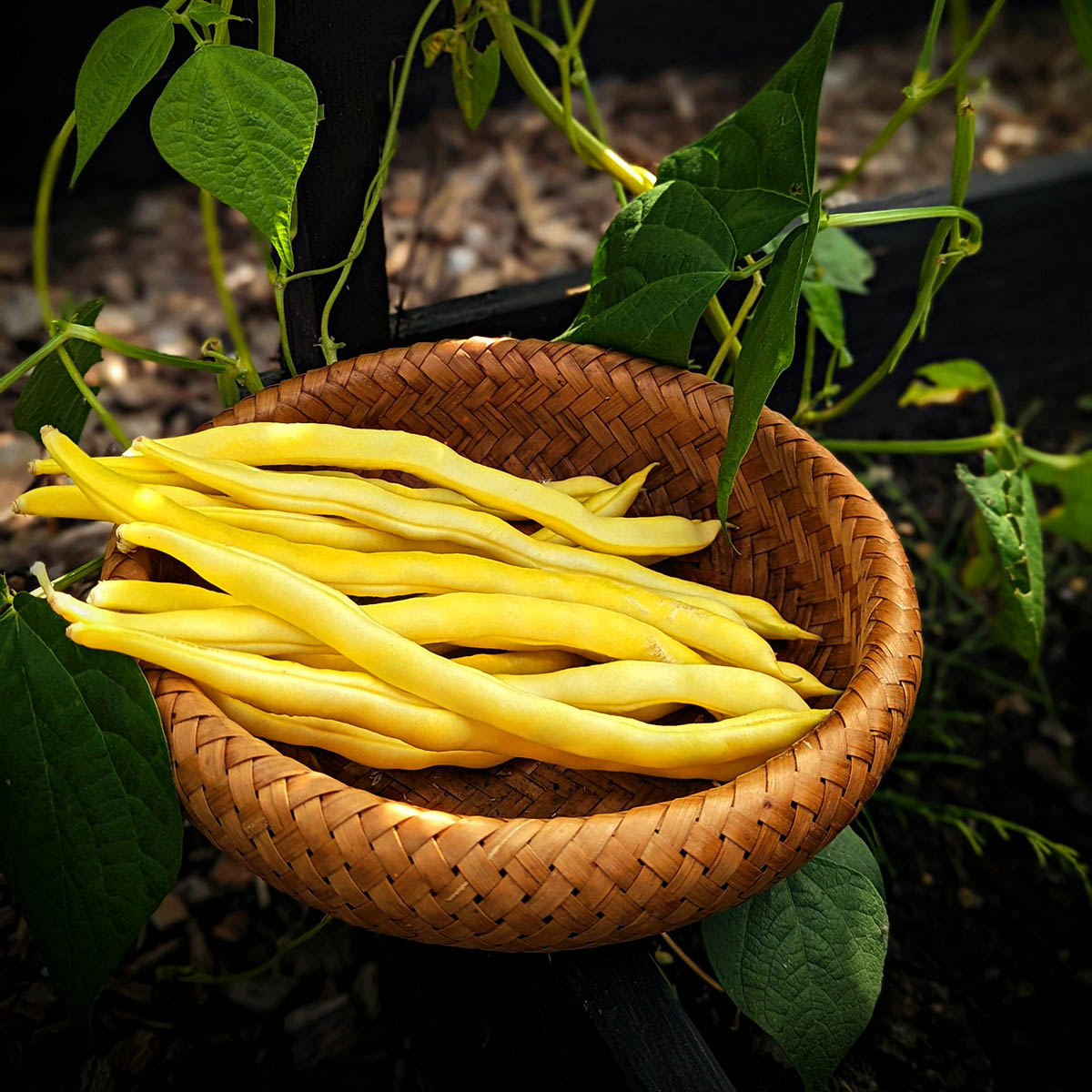
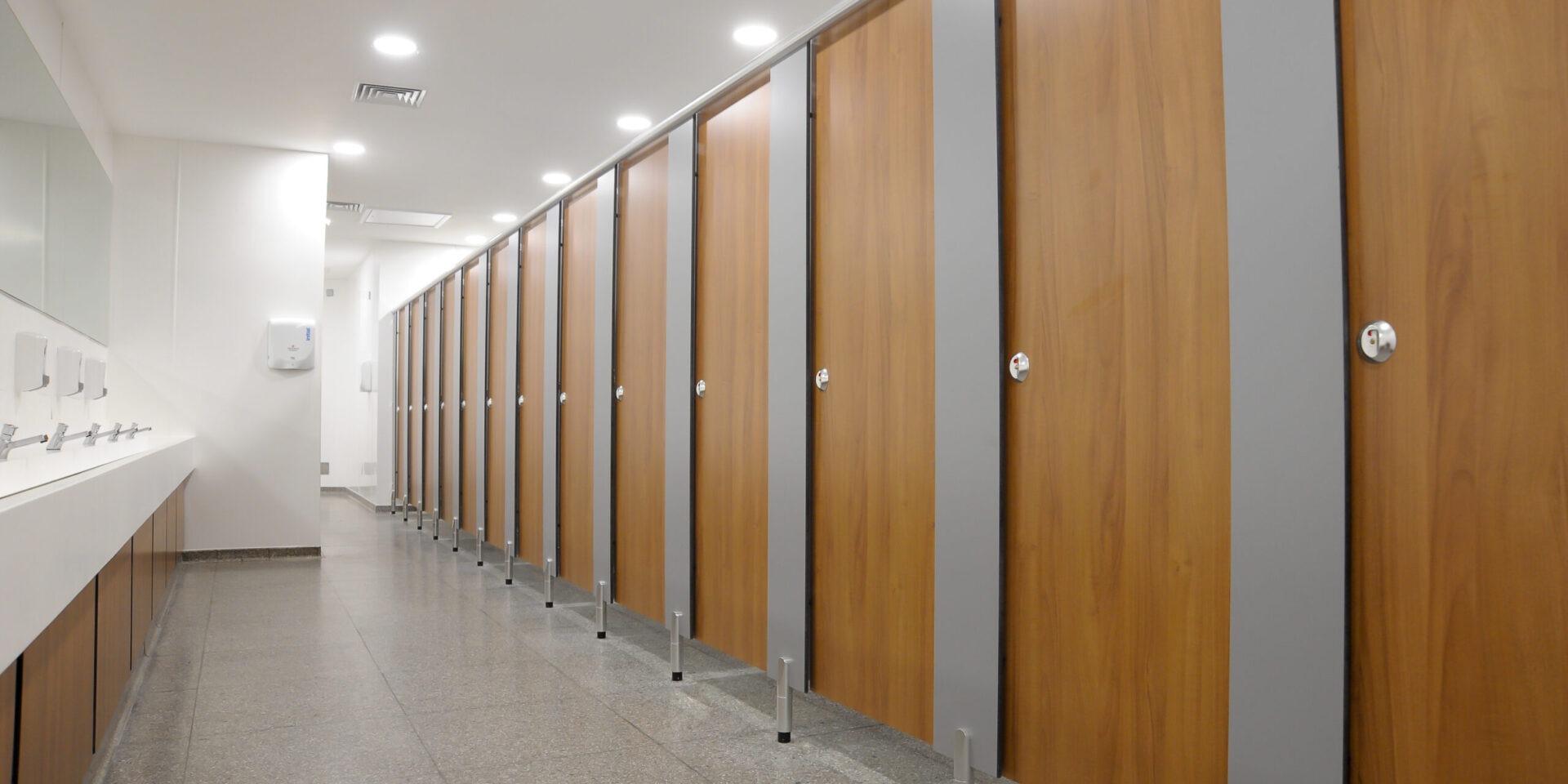
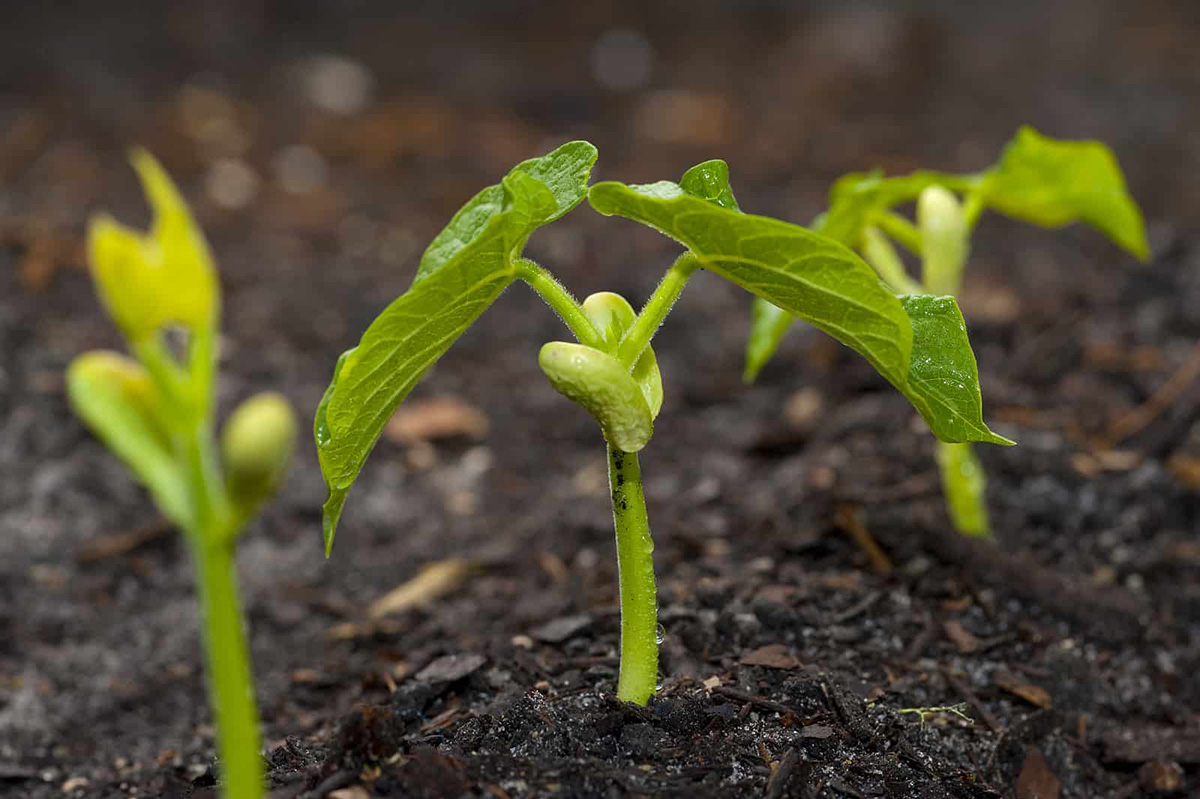
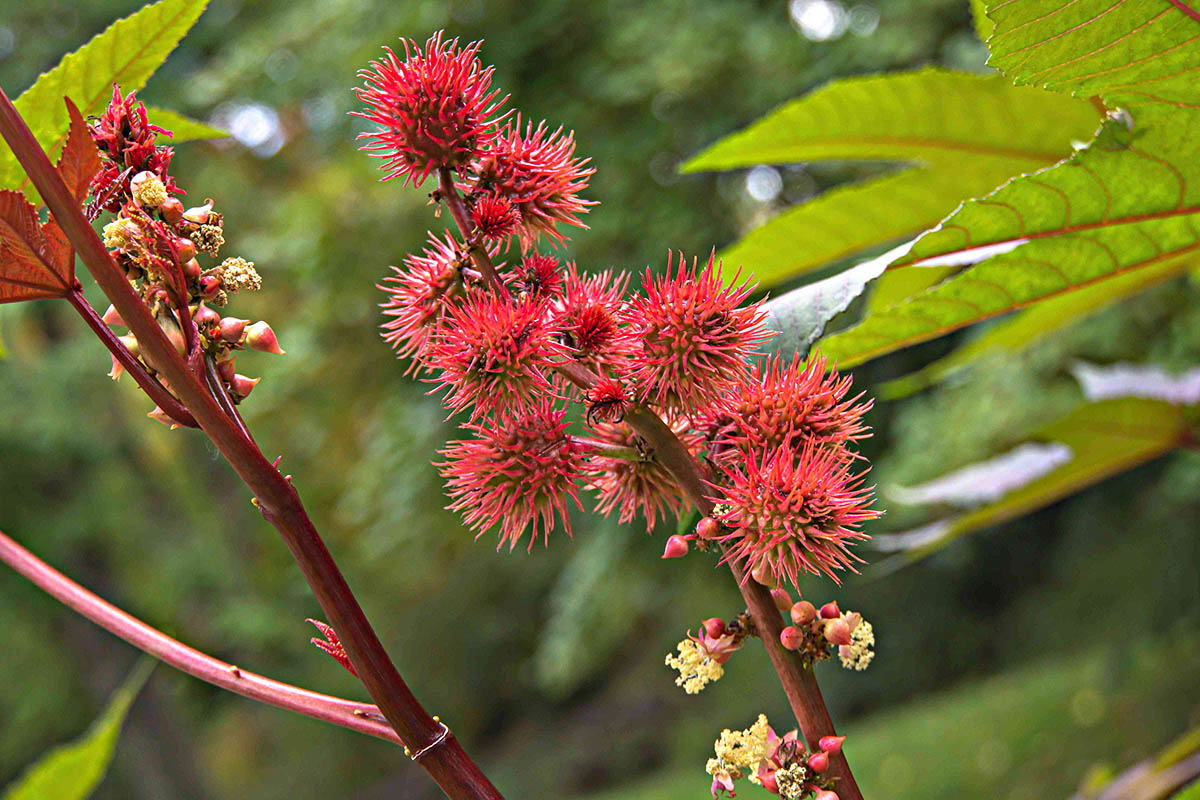
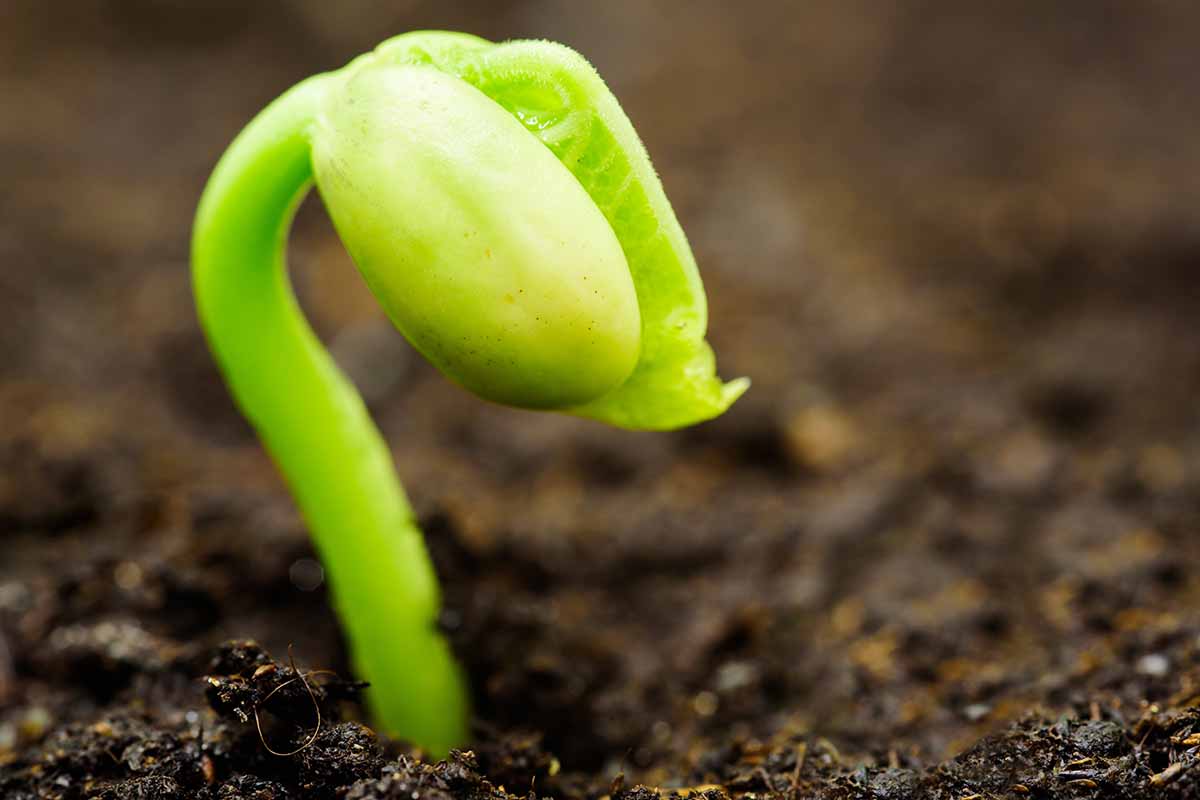
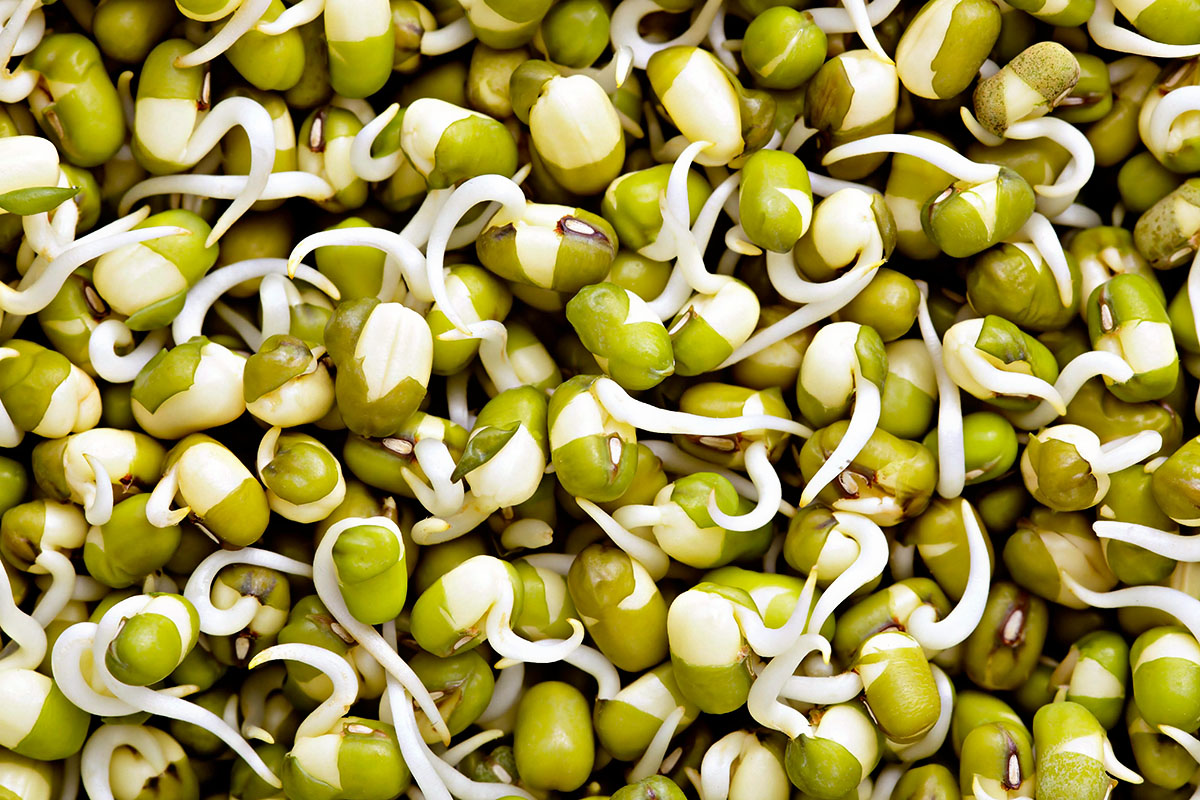
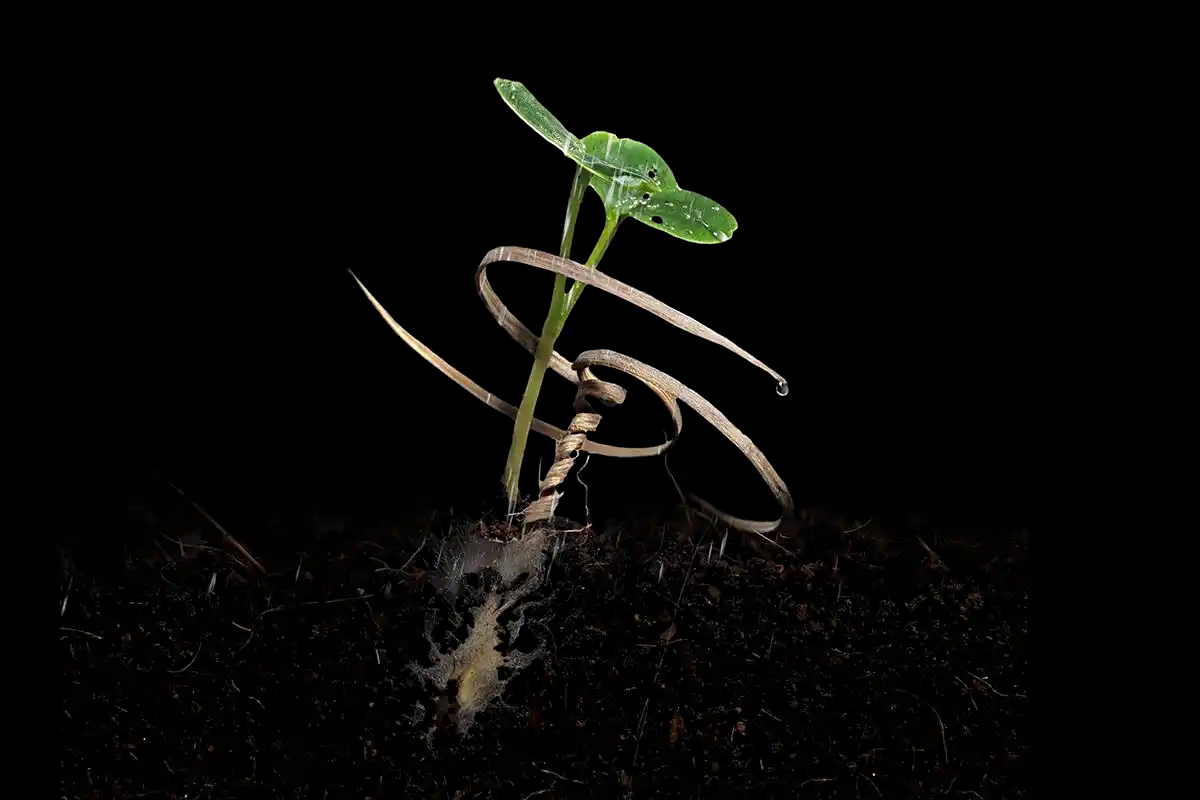
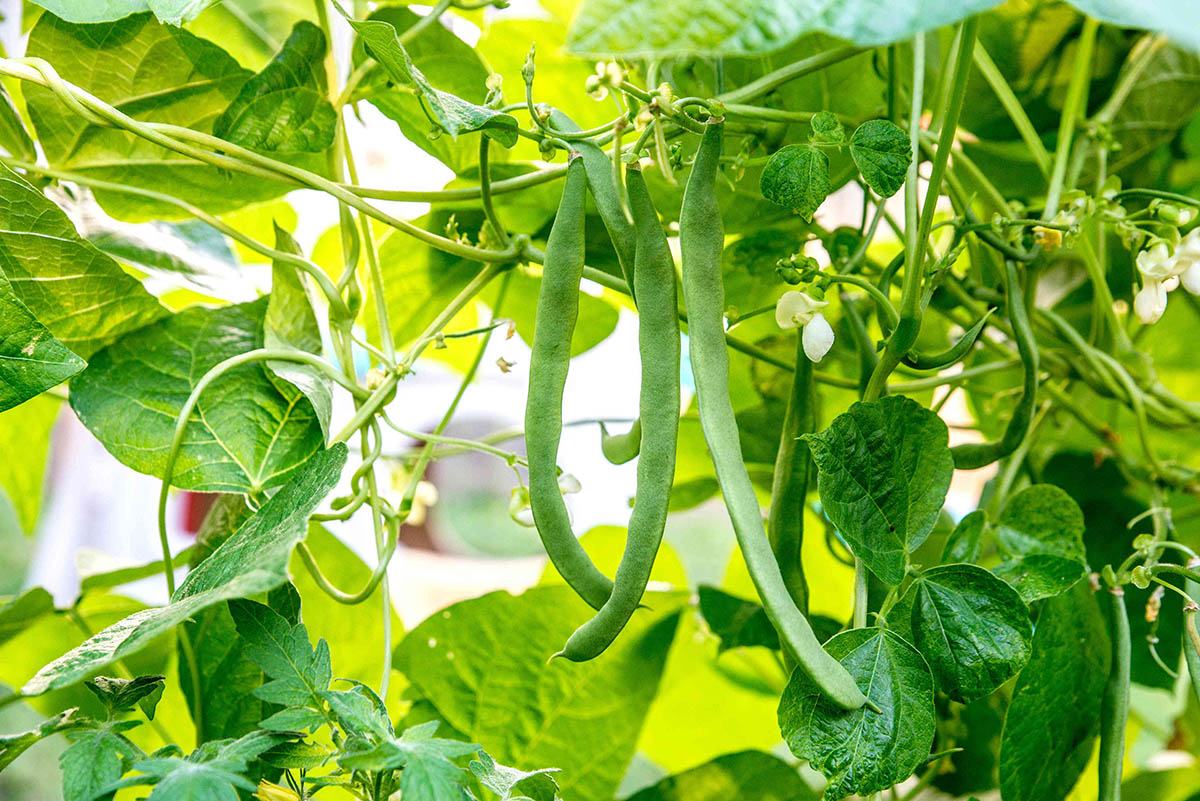
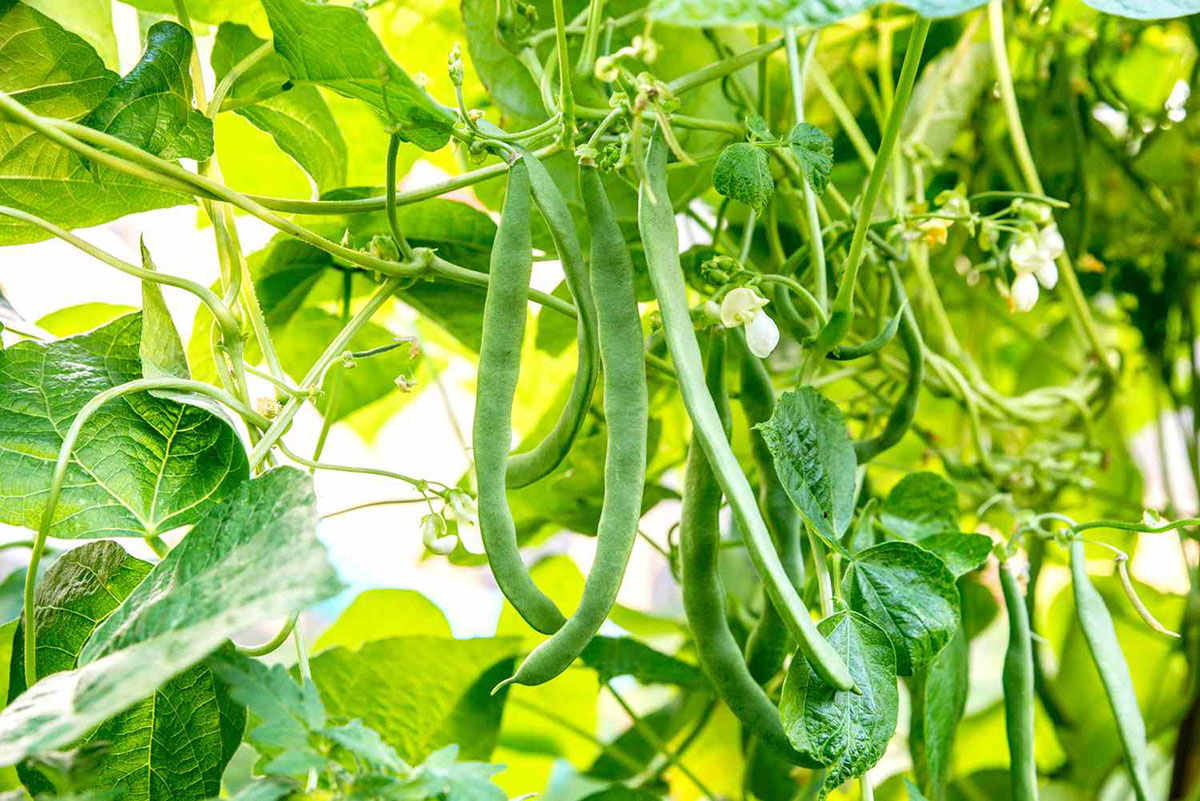
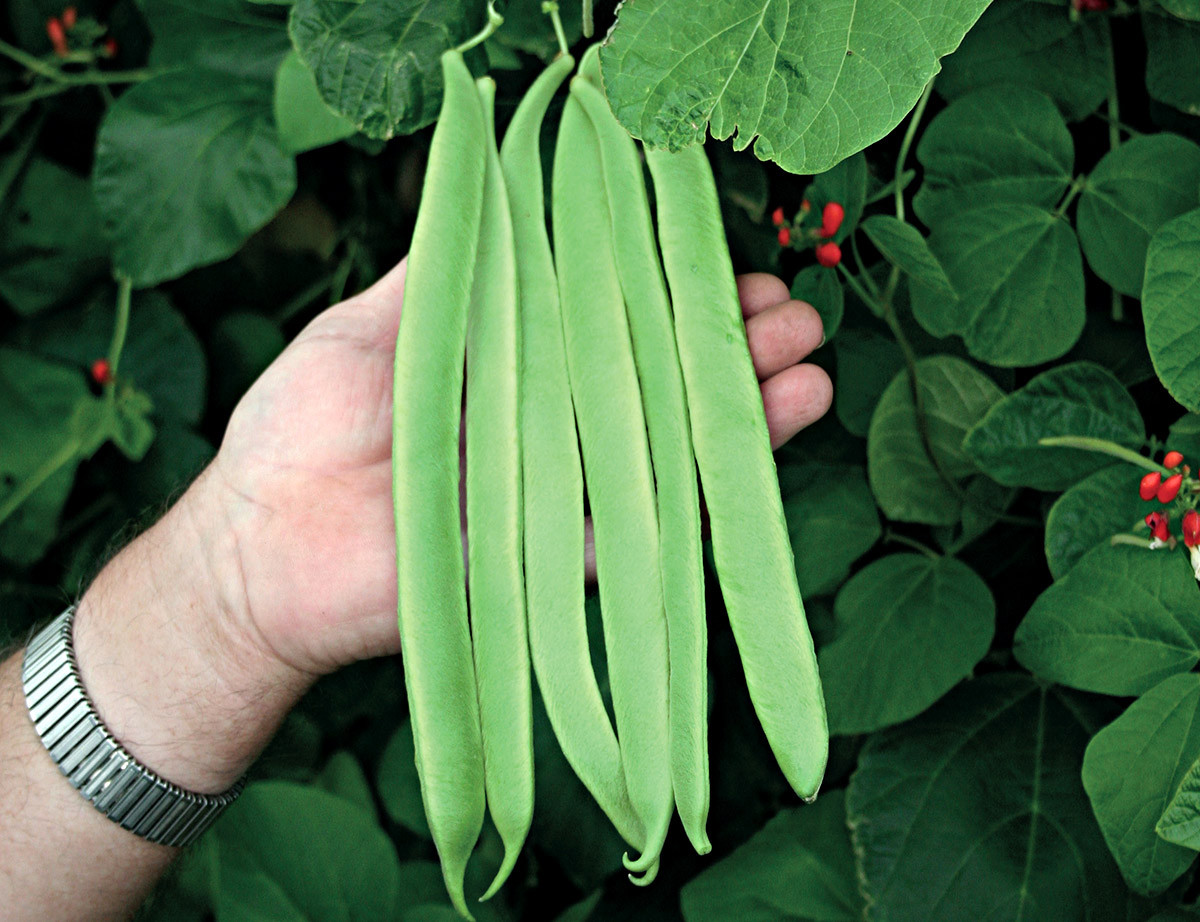
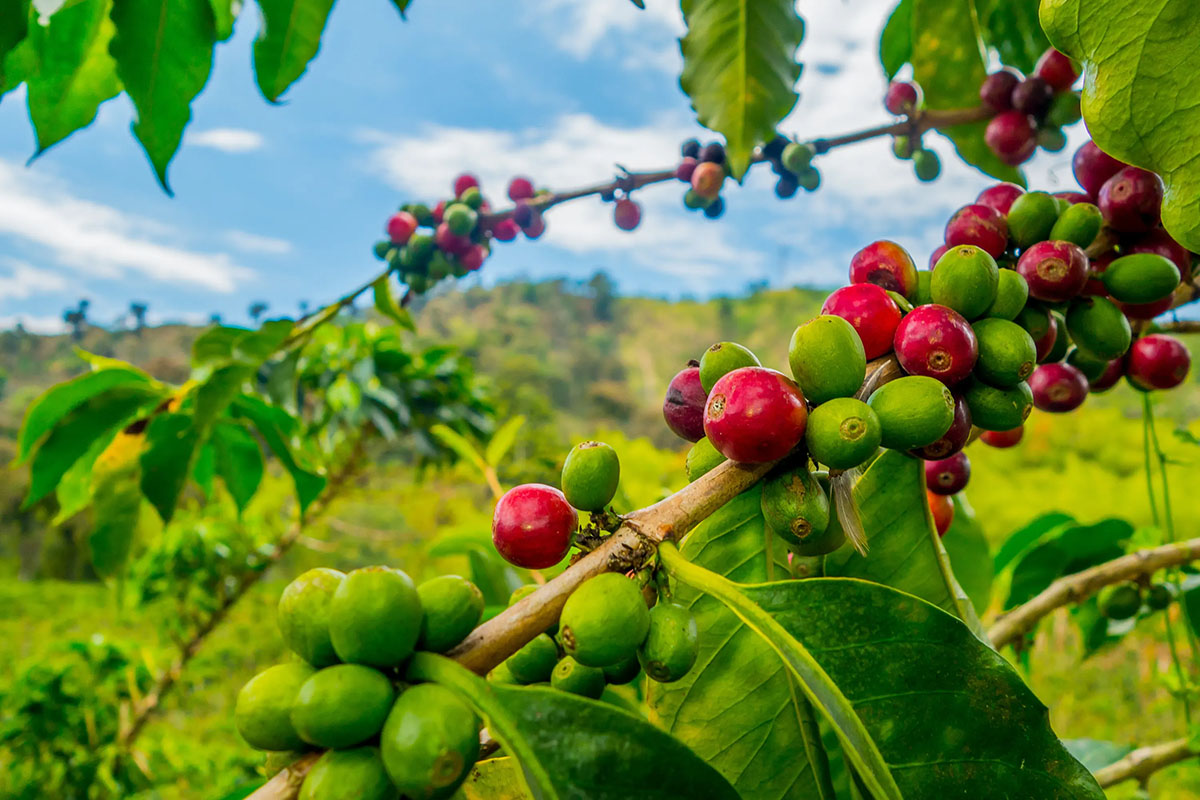
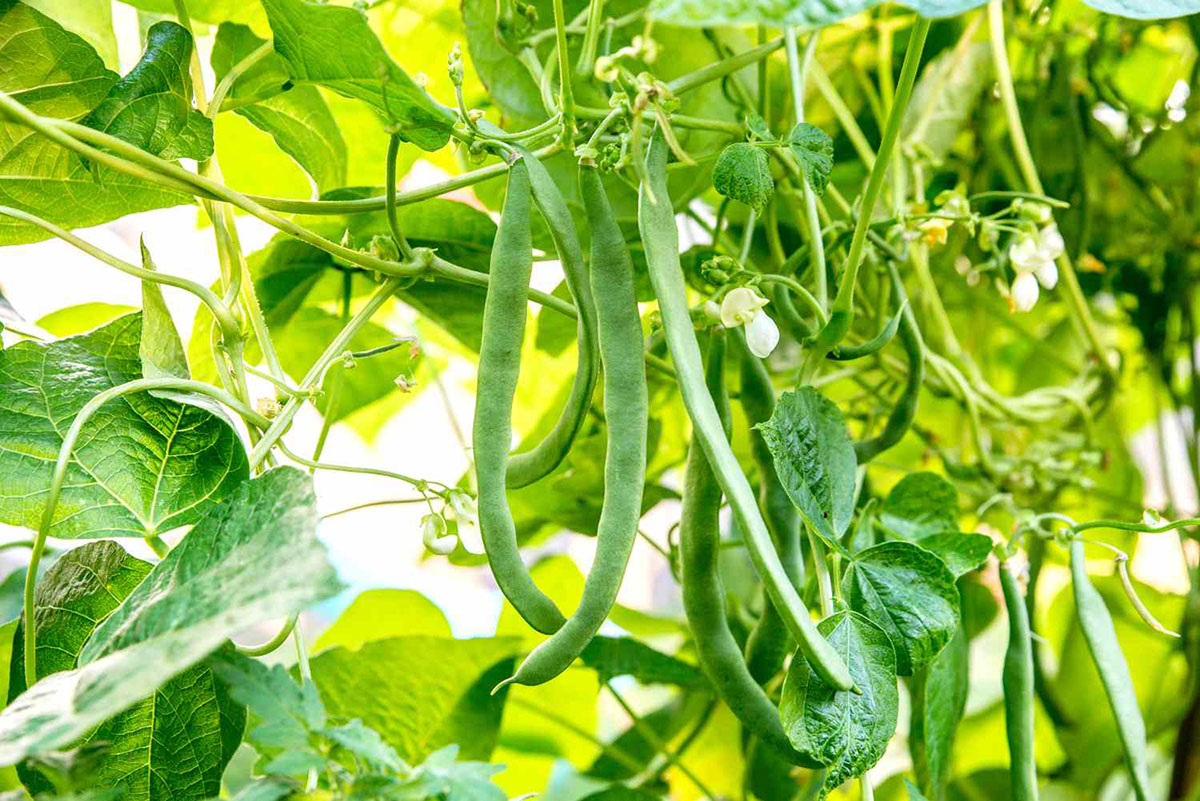

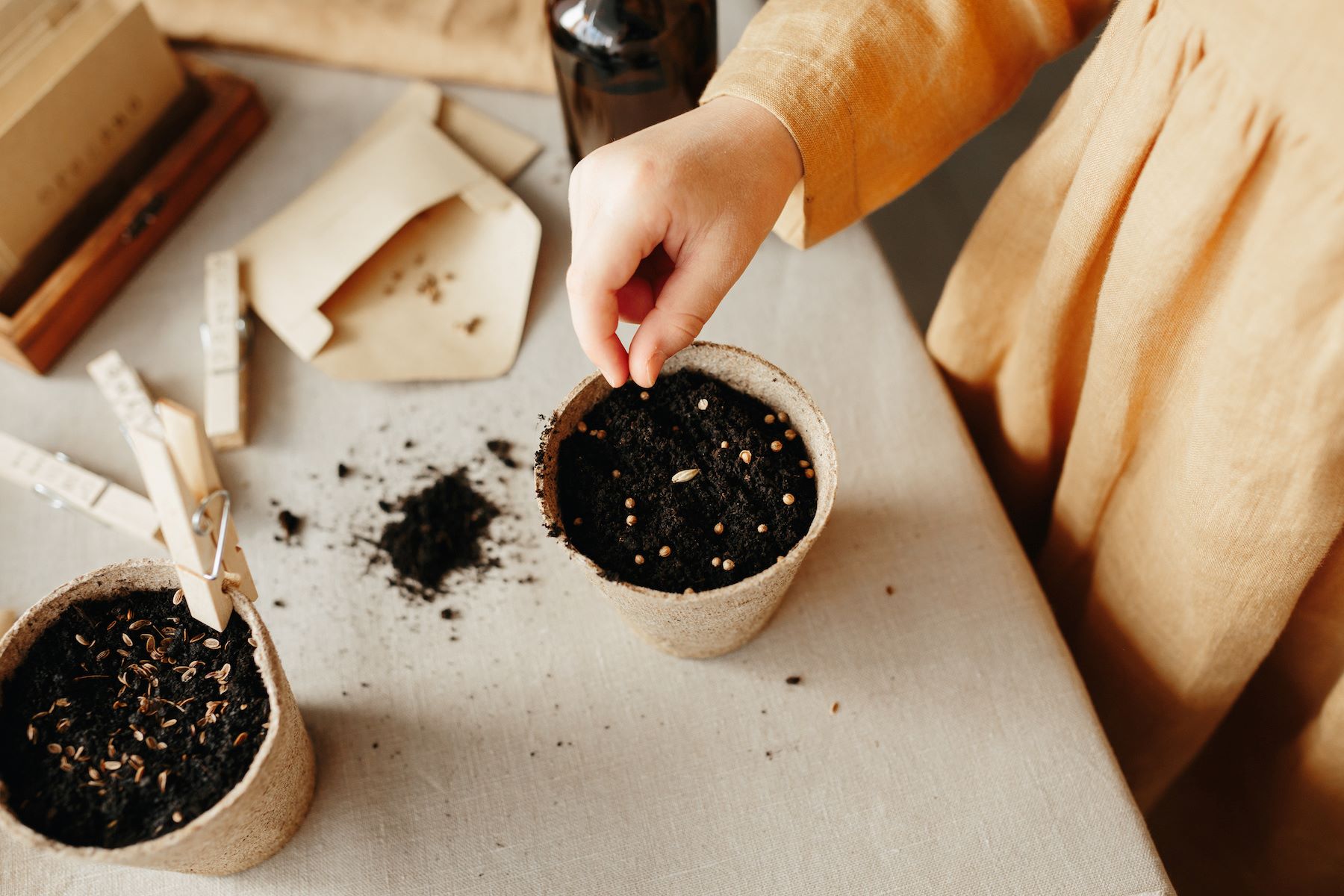

0 thoughts on “Why Beans Don’t Germinate?”